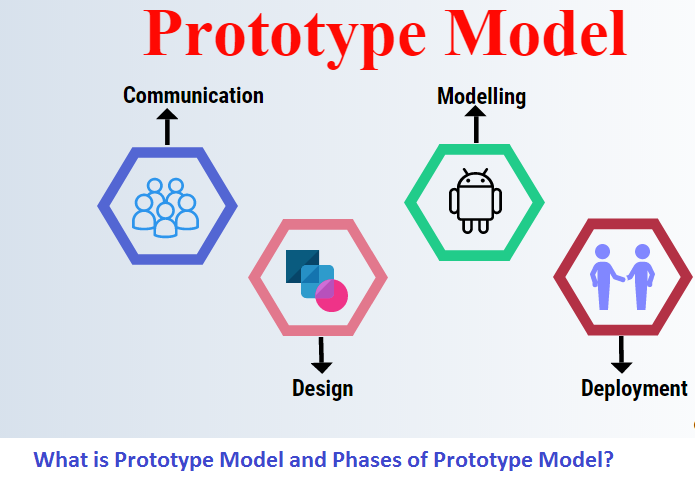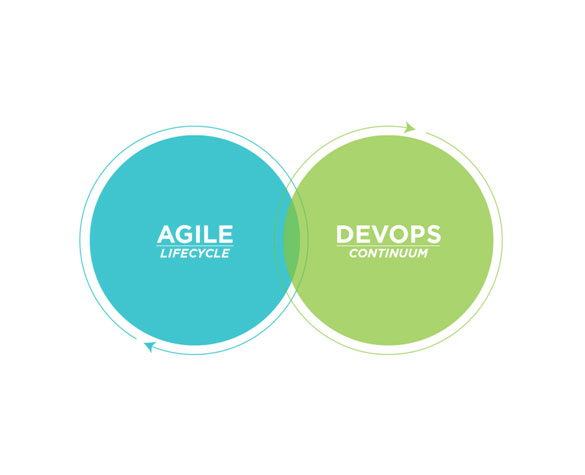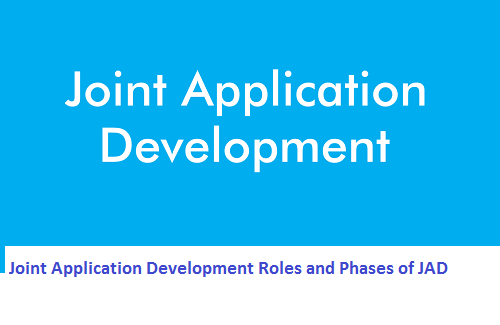 What is Prototype Model?
What is Prototype Model?
The prototyping model is a systems development method in which a prototype is built, tested and then reworked as necessary until an acceptable outcome is achieved from which the complete system or product can be developed. It also creates base to produce the final system or software. It works best in scenarios where the project’s requirements are not known in detail. It is an iterative, trial and error method which takes place between developer and client. This model works best in scenarios where not all of the project requirements are known in detail ahead of time.The Prototype Model is a system’s development in which a prototype is built, tested, and then reworked as necessary until an acceptable system is formed. It is an iterative, trial-and-error process that takes place between the developers and the users.
By using this prototype, the client can get an actual feel of the system, since the interactions with prototype can enable the client to better understand the requirements of the desired system. Prototyping is an attractive idea for complicated and large systems for which there is no manual process or existing system to help determining the requirements. The prototype is usually not complete systems and many of the details are not built in the prototype. The goal is to provide a system with overall functionality. This model works best in scenarios where not all of the project requirements are known in detail ahead of time. It is an iterative, trial-and-error process that takes place between the developers and the users.
Prototyping Model has following six SDLC phases as follow:
Requirements gathering and analysis: A prototyping model starts with requirement analysis. In this phase, the requirements of the system are defined in detail. During the process, the users of the system are interviewed to know what their expectation from the system is.
Quick design The second phase is a preliminary design or a quick design. In this stage, a simple design of the system is created. However, it is not a complete design. It gives a brief idea of the system to the user. The quick design helps in developing the prototype.
Build a Prototype In this phase, an actual prototype is designed based on the information gathered from quick design. It is a small working model of the required system.
Initial user evaluation: In this stage, the proposed system is presented to the client for an initial evaluation. It helps to find out the strength and weaknesses of the working model. Comments and suggestions are collected from the customer and provided to the developer.
Refining prototype If the user is not happy with the current prototype, you need to refine the prototype according to the user’s feedback and suggestions. This phase will not be over until all the requirements specified by the user are met. Once the user is satisfied with the developed prototype, a final system is developed based on the approved final prototype.
Implement Product and Maintain Once the final system is developed based on the final prototype, it is thoroughly tested and deployed to production. The system undergoes routine maintenance for minimizing downtime and prevents large-scale failures.









